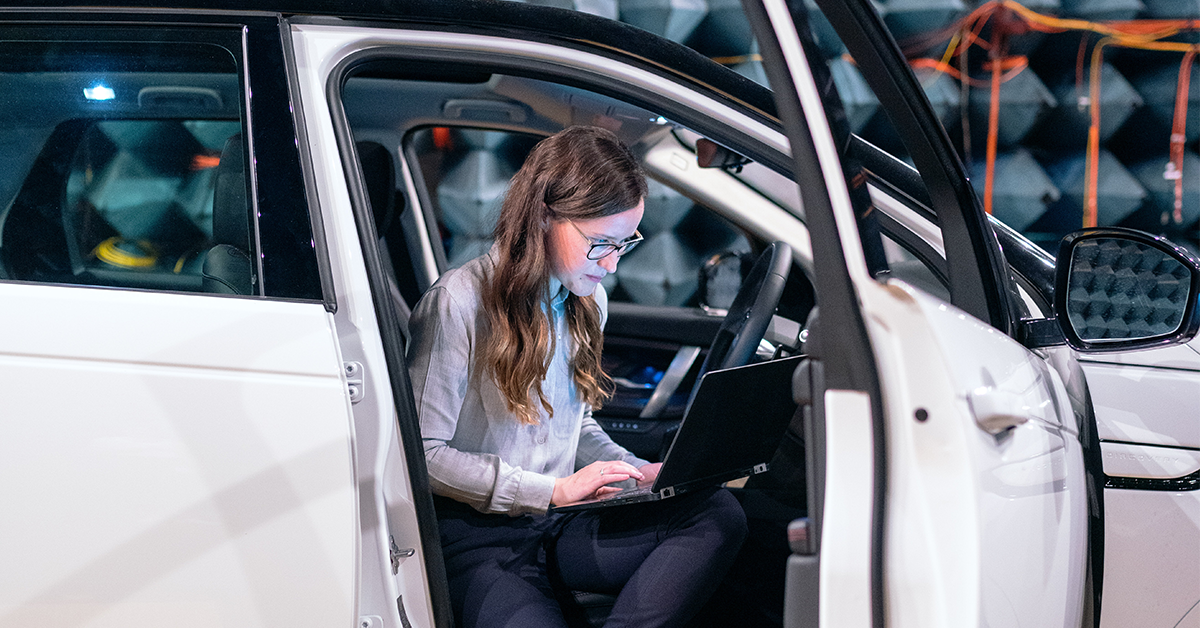According to McKinsey and Company's article "Strategic resilience during the COVID-19 crisis," 28% of the companies surveyed increased their competitive edge by implementing new strategies. The areas where they improved their business model were, among others, new digital experiences, new partnerships, and operating-model changes.
While businesses quickly adapted to the pandemic, the world is now changing towards a “new normal” after Covid-19. The automotive industry is currently dealing with challenges to meet customer demand, partly due to shortages in the supply chain (e.g. computer chips). Therefore, minimising vehicle off-road time is high on the agenda of most fleet companies at the moment.
Cutting-edge technology, such as Advanced Driver Assistance Systems (ADAS), Artificial Intelligence (AI) and Automatic Emergency Braking (AEB) help to prevent accidents, but in return, present a challenge for the repair of damages that do happen. Increasing prices of replacement parts and the required technical know-how to repair damaged vehicles significantly impact the total repair costs.
Therefore, this is the moment for managers dealing with car damages to rethink their strategy. This article explores four ways to better handle your car damage repairs post-Covid-19.
1. Boost your driver’s experience
Drivers will start using their vehicles more as Europe comes out of a situation of remote working and lockdowns. Roads get crowded with drivers again, who might not all be used to these circumstances. The risk of accidents is likely to increase, which is accelerated because of worsening weather conditions.
Helping drivers prepare for this will be an important preventive measure. And in case an accident does happen, offering your drivers a smooth and easy damage repair journey should be at the top of your list.
The digitalisation of the driver journey makes reporting damages and scheduling an appointment easier and less error-prone. Moreover, it allows drivers to spend time on their work rather than on trying to arrange a repair for their vehicle.
An increasing number of organisations have taken the opportunity to transform their driver damage repair journey from a traditional phone, e-mail, face-to-face approach, to a fully digital intake and communication process. According to Fixico’s data, between May 2020 and May 2021, 87% of the damages reported were assessed entirely digitally, boosting driver satisfaction to a score of 4.75 out of 5.
2. Get your vehicles back on the road faster
Accidents will always happen, and luckily in most cases it concerns small dents and bumps. Still, they need to be repaired to prevent the damage from worsening, negatively impacting the driver’s experience, or lowering the vehicle’s resale value. Covid-19 severely affected the automotive value chain, and the current supply of vehicles does not meet customer demand. If you are faced with this challenge, a short repair cycle time can help you minimise vehicle off-road time and with that manage the demand for vehicles better.
Having access to a digital damage repair platform makes finding the right body repair shop much easier and more transparent. In 2020, companies that have fully digitalised their car damage handling with Fixico reduced cycle times up to 33%.
3. Take control of the entire repair process
While Covid-19 led to a decrease in car damages, a quick increase after the pandemic is expected. If you traditionally manage your repairs, how would you stay in control of a larger in-flow of damages? Not knowing what’s going on could lead to unsatisfied drivers, additional costs and longer repair times.
Having the right digital tools in place can offer you more control through real-time tracking and insights. It enables you to identify problems as they arise and act upon them immediately. You can track each repair from start to finish with seamless communication between all parties throughout the entire process.
4. Find cost reduction opportunities
With a higher demand for vehicles and increased damage repair costs, finding cost-saving opportunities is key. Mobility traditionally represents a significant cost for organisations, especially if the fleet directly impacts your core business. Post-Covid-19, your company's market position could be seriously impacted by the ability to manage an increased number of damages combined with rising damage costs.
By transforming your traditional damage repair handling process to a fully digital approach, inefficiencies in communication will be removed and repairs can be allocated based on specific requirements for each repair. Fleets like your’s have been able to reduce their damage repair costs up to 30%, making this a cost-saving opportunity that is hard to ignore.
The four ways to better manage your car damage repairs after Covid-19 are all based on digitalisation benefits. By joining our digital intelligent damage repair management platform, you will be able to fully control the repair process, move to seamless communication between all stakeholders, and take decisions based on real-time data. Want to see how Fixico can help you ? Request a free demo today!
